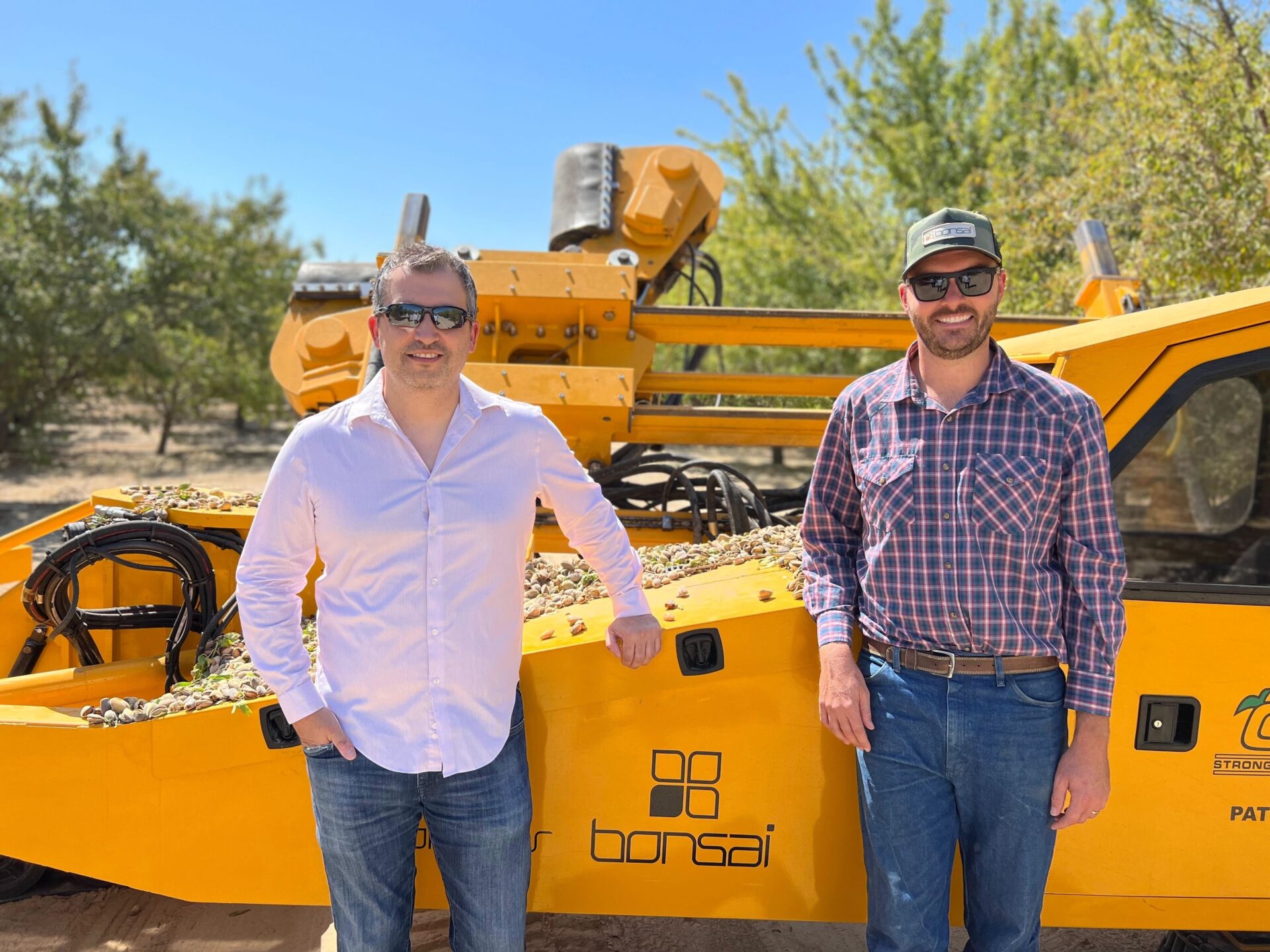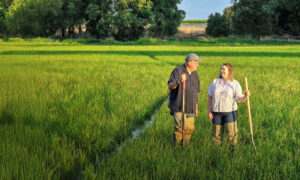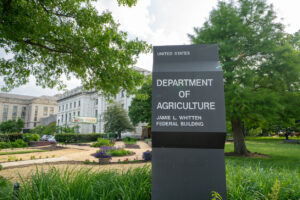Farm machinery design has always centered on the needs of humans, but the growing presence of autonomy in agriculture could change this, suggests Tyler Niday, cofounder and CEO of US-based Bonsai Robotics.
“With autonomy, you can reimagine that, and do more with less,” he tells AgFunderNews.
Bonsai has been fine-tuning this approach to farm autonomy since its inception in 2022. Using what it calls “an AI-first approach,” the company designs machines to navigate dusty, dark, and debris-ridden farming environments where GPS, cellular, and internet may not be available.
Its technology — which can be bolted onto existing machinery or designed into new vehicles — most recently turned the heads of Bison Ventures, an early-stage firm that led Bonsai’s recent $15 million Series A round.
“Nowadays, if companies are not using AI or advanced computational technologies in some form, they’re probably behind the ball,” Tom Biegala, founding partner at the firm, tells AgFunderNews.
While AI might not be “the silver bullet,” it is “an enabler of many very important things,” he adds. On the farm, key among those are boosting productivity and efficiency.
More than a labor-saving machine
Almond harvests require machines for shaking almonds off the trees, sweeping them up and picking them up for processing. Dust is a byproduct of this process, and an oft-cited problem for both autonomous machines trying to navigate an orchard and for surrounding communities.
Bonsai Robotics autonomous tech uses vision systems that can still make out features in that dust. “We function like a human does, where we use machine learning to recognize features and then build our world out of those features,” says Niday.
This is in contrast to Lidar, which sends a laser beam out and measures the time it takes to hit an obstacle and bounce back — if there’s dust in the way, it will hit he dust and bounce back. A similar problem surfaces when using stereo vision, something Niday used in the past at John Deere.
At Bonsai, “We use features from AI to recreate the physical 3D world and more advanced techniques than traditional systems, which enables us to work in dust and navigate off the vision” he says.
Harvesting almonds is a highly mechanized process involving a mix of shakers, sweepers and pickers. Nevertheless, these machines require workers to run them — up to 300 people per orchard in some cases, says Niday.
For Bonsai, robotics and automation aren’t just about replacing labor, though.
“The form factor was designed with autonomy in mind. So from an ROI perspective to a grower, you’re saving on labor but you’re also reducing, for example, the need for the number of shakers by up to half or 30%. So there’s a huge capex reduction.”
“Having a holistic view on this system enables us to get more savings than just being a labor replacement,” he adds.
Ari Wright, a principle at Bison Ventures, says Bonsai is “the perfect example” of bringing AI into the physical world to transform processes.
“They’re launching products now on farms, but [also] have this grand vision to create this AI-first production system that looks different and drives out costs — not just from taking out labor, but from taking out capex and really just rethinking everything from a first-principles approach of what is possible when you put autonomy on the farm.”
Expanding commercialization
Bonsai currently partners with multiple equipment manufacturers and has deployed over 40 units to nut orchards in the US and Australia.
Additional investors to the recent Series A round included Acre Venture Partners, Congruent Ventures, Fall Line Capital, E14 Fund, SNR and Serra Ventures also participated.
The new capital will go towards expanding commercialization, says Niday, which includes plans to branch out to the Iberian peninsula. The company is also building up its engineering team so that its tech can support new crops in the future.
“Right now our technology is nut crops: almonds, walnuts pistachios, macadamia nuts. We have all that in our data set,” says Niday.
“The next two crops will probably be citrus next, and then really focusing on trees like apples. Our model works really well in all those crops.”




